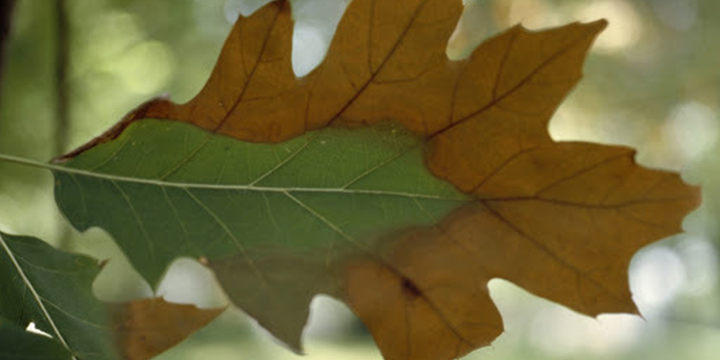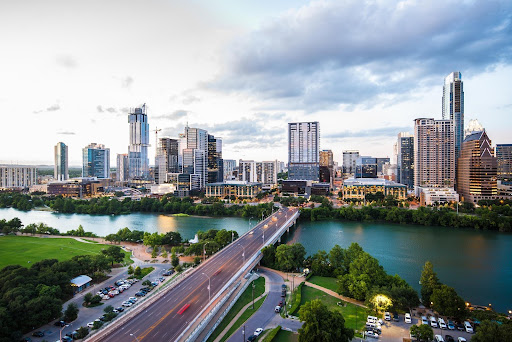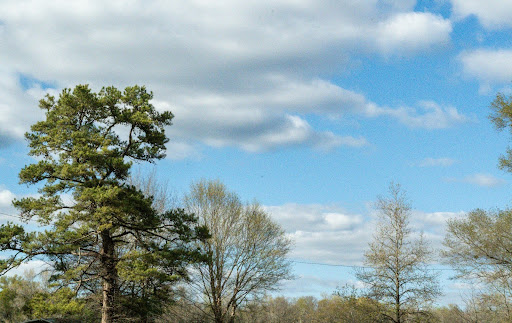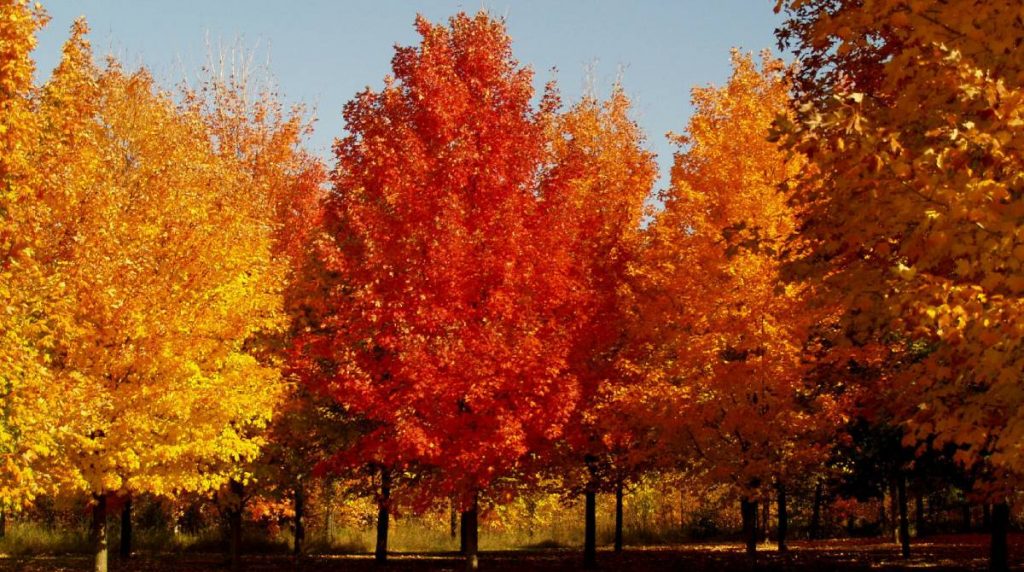
Date July 14, 2020
Category
Have you ever noticed bright-red marks on tree leaves? This is a common tree disease called bacterial leaf scorch. Many people associate bacterial leaf scorch as a harmless disease or some type of common occurrence.
In reality, this could not be further from the truth. Bacterial leaf scorch is a state of disease caused by the xylem-blocking disease Xyella fastidiosa. It can be misinterpreted as ordinary lead scorch, which is the result of over-fertilization and other cultural practices.
Fortunately, bacterial leaf scorch is not fatal to trees. Leaves will die and fall as the disease becomes more severe, but treatment options are available. Continue reading below to learn more about how you can mitigate the conditions of bacterial leaf scorch on your property.
Trees at Risk
Bacterial leaf scorch affects a wide variety of trees, especially in the North Texas region. These trees mainly include Oaks, Sycamores, Elms, and Maples. Here are individual species that can be affected.
- Oaks: Red, Pin, Bur, White, and Willow
- Sycamores: All
- Elms: American
- Maples: Red, Sugar, Mulberry, Sweet Gum, and Almond
Again, bacterial leaf scorch is ubiquitous throughout the country. Luckily, it can be easily spotted using the following methods.
Tree Diagnosis
Bacterial leaf scorch is a common tree disease. You can distinguish the disease by these characteristics:
- As leaves develop during the early spring season, the scorch will force by June or July.
- The necrosis will commonly begin along the margin of the leaf and spread towards the petiole and veins in an irregularly shaped pattern.
- The green or healthy tissue and the reddish-brown scorch are separated by a yellow halo or band.
- The same scorch symptoms will reappear year after year and eventually spread to other branches.
- Infected trees cause branch dieback, a decline in vigor, and early death.
Treatment Strategy
Bacterial leaf scorch can be quite problematic. There isn’t any cure for the tree disease. Infected trees will eventually die and their appearance will suffer dramatically as a result if a treatment strategy is performed immediately.
Hence, a wide variety of treatment management practices can extend the lifetime of infected trees. These include antibiotic treatments, mulching, irrigation, controlling leafhoppers, and other methods.
All trees killed by bacterial leaf scorch should be replaced by trees that can withstand the disease. Annual treatments must be performed to suppress the scorch and keep infected trees alive.
With that said, here are some common treatment strategies for bacterial leaf scorch:
Mulching and Irrigation:
Make no mistake – mulch is not a primary treatment for infected trees. It will not even prevent infection. Mulching will help to maintain ideal conditions for the root system to be fully healthy.
A healthier tree can better survive this disease as it begins to take a toll. In addition, bacterial leaf scorch can worsen if the infected tree suffers from a lack of soil moisture. Infected trees already have difficulty transporting water due to xylella clogs.
Proper watering, by creating an irrigation system, can help mitigate the effects of this disease.
Antibiotic Treatment:
Antibiotic treatments can inhibit the growth of bacteria and decrease lead scorch symptoms and bacteria growth levels. This type of treatment is not preventative, so only provide antibiotics to infected trees.
Antibiotics only provide suppression for one season and must be applied annually. For proper administration, it’s important to hire a skilled Arborist. These individuals are trained to administer antibiotic treatment to infected trees.
Arborists may use a process known as micro-infusion to apply the antibiotic treatment. Contact a local certified Arborist to learn more about the process and if it will be necessary for your trees.
Why You Should Hire a Certified Arborist
Arborists, or tree surgeons, specialize in diverse forms of tree service. They are trained to remove trees, plant them, and provide treatment to disease trees. They can also provide maintenance services, such as pruning and mulching.
Lastly, Arborists have direct knowledge of tree management, various species, and risk management. All of the information you need about trees, you can find from hiring an Arborist.
Certified Arborists have a proven specialty in tree services and can successfully create a treatment protocol for trees infected by bacterial leaf scorch. TreeNewal has built a formidable reputation for helping all kinds of people and organizations plant and maintain healthy trees year-round.
Give Us a Call Today!
Bacterial leaf scorch is no laughing matter, and it must be treated quickly. Give us a call today at tel:(817) 592-6846 to speak to a member of our team about setting up a treatment plan for you.
To learn more about Treating Bacterial Leaf Scorch, call our Argyle and Southlake based teams
at tel:(817) 592-6846 or send us a message.
We’re a little different than the average tree services company.
Learn more about TreeNewal’s ISA Certified Arborists!
Our Dallas/Fort Worth-based tree doctors can explain how sustainable tree care services add more value to your bottom line.
Healthy trees, healthy lives.








